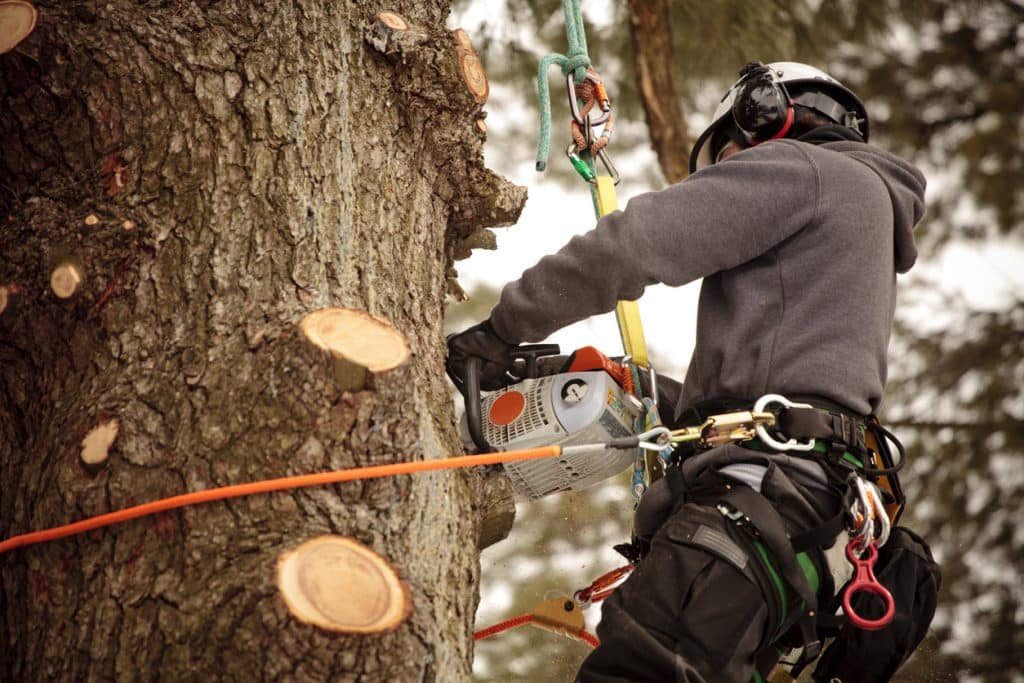Pruning is an essential tree care practice that can boost the health of your landscaping trees. It improves structural stability and reduces the risk of diseases. You can apply these four tips to get the best results for your plants.
1. Prune Young Trees to Promote Tree Health
Pruning young trees will reinforce the plant’s structure and stability. It is essential to remove weak branches in the early years of growth to minimize the size of the wound.
Start training trees within the first three years of planting. Focus your attention on intertwining and crowded branches to open up the crown for oxygen and sunlight.
2. Adhere to the Rules of Thumb on Pruning
Pruning can encourage the healthy growth of your cherished landscaping trees, but overdoing it could cause adverse effects that limit tree growth.
First, it is crucial to study the tree’s growth pattern before you can start trimming. The rule of thumb is to leave 70% of the branches intact.
Avoid pruning the lower branches until they are at least one inch in diameter. These branches are essential for root and trunk growth.
Keep the spacing between the branches at 15 to 35 inches. Also, focus on developing leader branches for trees like ash and maple, which are common in western Ohio.
3. The Best Time to Prune Trees
The best time to prune depends on the species and the region’s climate. Pruning in early spring to late summer, from March to June, is generally the ideal time to condition trees in Ohio.
However, you can prune fruit trees in late February or early March to facilitate tree growth. At the end of the dormant period, there is a lower risk of frost injury or the spread of infections.
If you’re unsure about the best time to prune, consult a local tree service. Bluegrass Tree & Lawn shares tree trimming and pruning tips to educate homeowners in Columbus, OH. A professional service may seem more expensive, but you can reduce long-term treatment and management costs.
4. Organize and Prepare Your Tools
You should work with appropriate tools to avoid any health complications when trimming your trees. Depending on the tree species, you’ll need shears, loppers, and saws. For example, shears are great for small shrubs, and saws are best for larger branches.
You must also remember to sharpen and disinfect the tools before pruning. Using blunt shears and saws can create unsightly wounds, leaving the tree susceptible to infections.
Trees with broken branches and cracks on the trunk can be hazardous to remove without specialized skills and equipment. Call a prompt and efficient professional service like Bluegrass Tree & Lawn when you encounter such situations. We offer emergency tree services for timely storm damage removal and clean-up in Columbus, OH.



